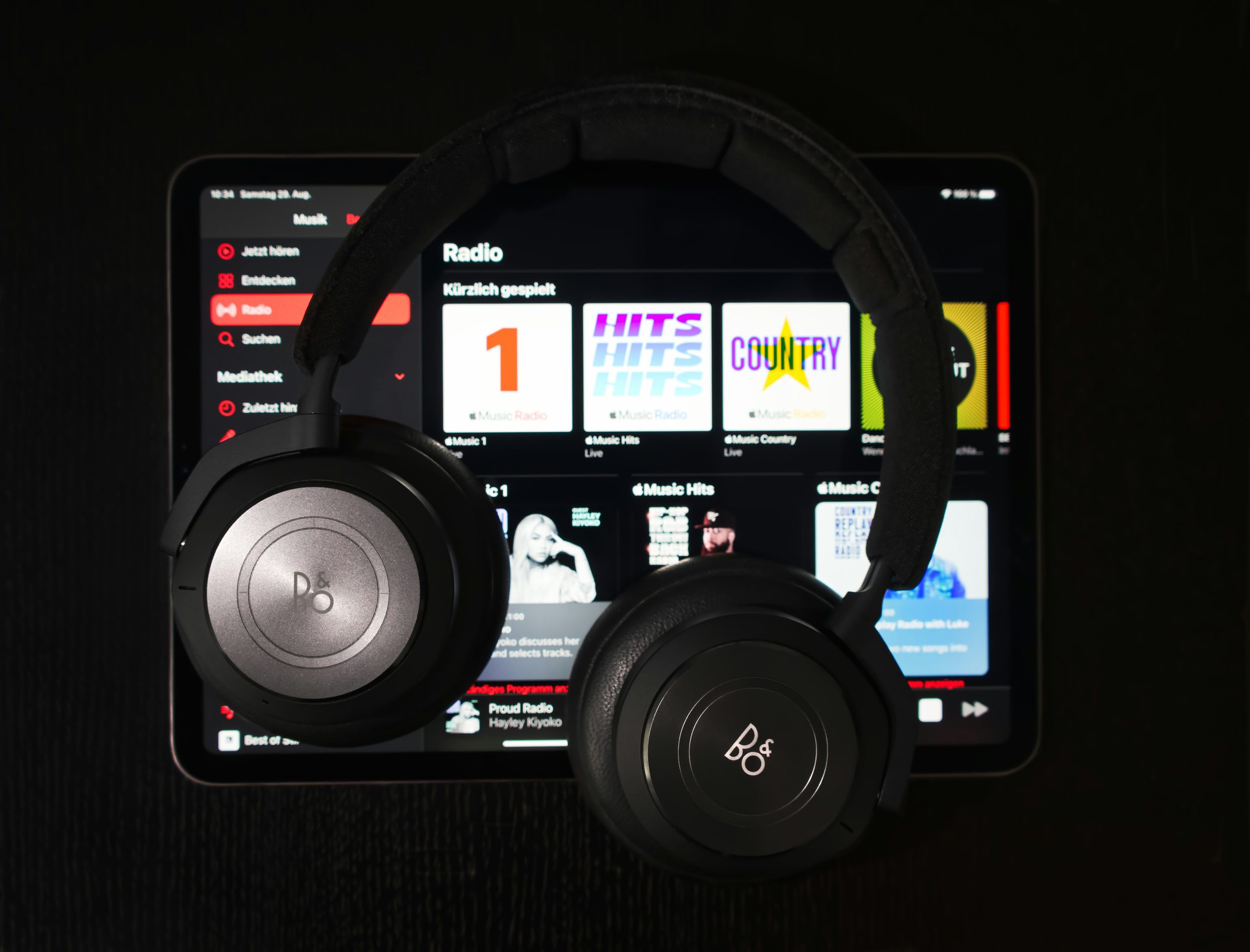In the rapidly evolving world of music streaming and digital media, blanket licenses have become increasingly important. These licenses allow businesses and platforms to have legal access to vast music catalogs for public performance or distribution without needing permission from individual artists or songwriters. But how did blanket licenses come into existence, and how have they evolved over time? In this guide, we will explore the journey from traditional radio broadcasting to modern streaming services and examine blanket licenses’ role in this transformation.

1. The Birth of Radio Broadcasting:
Once upon a time, the radio was the primary platform for consuming music. We all have nostalgic memories of turning through AM/FM stations, waiting eagerly for our favorite songs to air. In those early days, radio stations negotiated agreements with performing rights organizations (PROs) to obtain blanket licenses. A blanket license for Internet radio allowed them to play an entire catalog of copyrighted music without obtaining consent from each individual artist.
2. The Digital Revolution:
With the dawn of the Digital Age, things started changing dramatically. Traditional radio began competing with online streaming services, playing curated playlists, personalized recommendations, and on-demand playback options. Instead of owning albums or CDs, consumers now had instant access to millions of songs at their fingertips.
3. The Rise of Streaming Platforms:
As online platforms like Spotify, Apple Music, and Pandora gained popularity, new issues arose regarding licensing requirements and payments to artists and musicians. Unlike traditional radio stations in which blanket licenses sufficed across all formats (analog FM/AM), online streaming services needed different types of licenses that focused on interactive services (such as on-demand listening) rather than mere background musical programming.
4. Tailored Licenses for Interactive Services:
To address these new challenges posed by online streaming platforms’ interactive nature, songwriters and publishers began negotiating mechanical licenses with digital service providers (DSPs). These tailored licenses provided permissions for reproducing and distributing music on these platforms in a dynamic and interactive manner.
5. Performance Rights for Streaming Platforms:
In addition to mechanical licenses, online streaming platforms must also secure performance rights licenses. These licenses deal with the public performance of copyrighted works. PROs play a crucial role in maintaining and licensing the performance rights of artists’ music catalogs for streaming platforms.
6. Direct Licensing:
While blanket licenses still exist for radio stations operating in the traditional FM/AM spectrum, there has been an increase in direct licensing agreements between DSPs and rights holders. Direct licensing allows both parties more control over pricing, sublicensing options, auditing capabilities, and data access.
7. Complications on International Grounds:
As the internet eliminated global boundaries, streaming services now needed international blanket licenses. Negotiating these complex licensing agreements across different countries became vital to ensure seamless service globally while respecting copyright regulations in each jurisdiction.
8. The Role of Collective Management Organizations:
Collective management organizations (CMOs), such as PROs around the world, play a pivotal part in administering blanket licenses and distributing royalties to creators. Their supervision helps maintain transparency, ensuring that artists receive fair compensation when their music is used by online streaming platforms.
9. Challenges in Royalty Distribution:
As online streaming platforms continue to dominate the music industry, there have been ongoing challenges in royalty distribution. With the vast amount of data generated by millions of songplays, ensuring accurate and timely payments to rights holders has become increasingly complex. Clear guidelines and agreements must be in place to address these challenges and ensure that artists receive fair compensation for their work.
10. Advancements in Rights Management Technology:
To streamline the licensing process and improve accountability, advancements in rights management technology have emerged. These technologies help automate data collection, track usage, and facilitate faster payments to rights holders. From digital fingerprinting to blockchain-based systems, innovative solutions are revolutionizing how blanket licenses are managed and utilized within the online streaming landscape.

11. The Future of Blanket Licenses:
Looking ahead, the future of blanket licenses remains dynamic. As technology continues to evolve, new business models may emerge that require different approaches to licensing music for public performance or distribution. Discussions around fair compensation for artists and transparency in royalty distributions will likely shape future frameworks as stakeholders strive for a balance between protecting creators’ rights and supporting innovative platforms.
Conclusion
The evolution from traditional radio broadcasting to modern-day streaming services has brought about significant changes in how music is licensed and accessed by consumers. Blanket licenses have adapted to accommodate new technologies, ensuring that both artists’ rights are protected and businesses can legally access extensive catalogs of music for their platforms to thrive.
